Table of Contents
What Spices Are in Curry Powder?
Curry powder typically contains cumin, coriander, turmeric, mustard seeds, chili powder, cloves, and black pepper. These core spices create the complex, aromatic flavor profile used in dishes worldwide. Whether you're cooking Indian curries, Thai soups, or Western-style recipes, understanding the ingredients in curry powder helps you use it effectively.
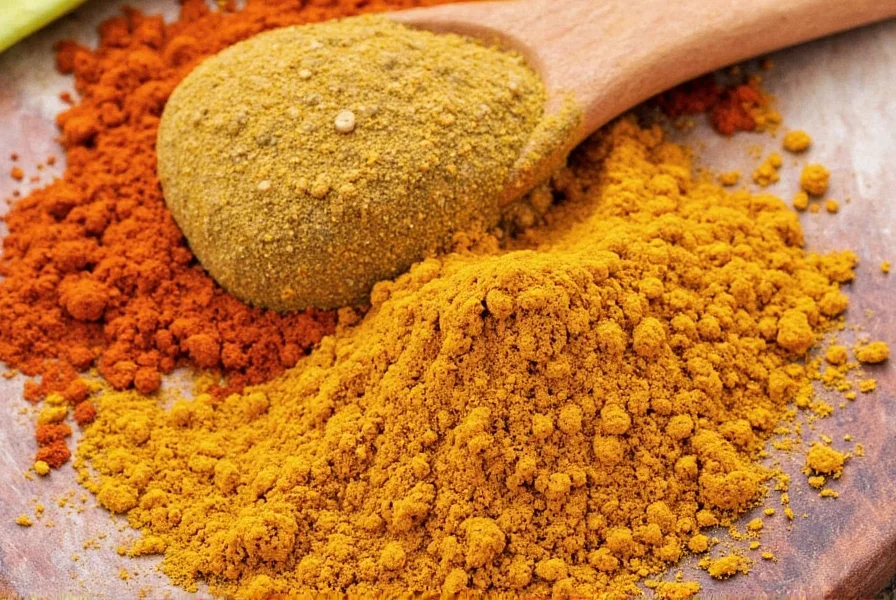
Essential Spices and Their Roles
| Spice | Description |
|---|---|
| Cumin | A warm, nutty spice that forms the base of many curry powders. |
| Coriander | Provides a citrusy, slightly sweet note that balances the heat. |
| Turmeric | Known for its bright yellow color and mild, earthy flavor. |
| Garam Masala | A warming spice mix that adds depth and complexity. |
| Mustard Seeds | Contribute a slight bitterness and crunch when toasted. |
| Chili Powder | Brings the heat, though it's often milder than pure chili flakes. |
| Cloves | Small but powerful, these add a strong, sweet, and spicy note. |
| Pepper | Typically black pepper, which enhances the overall flavor. |
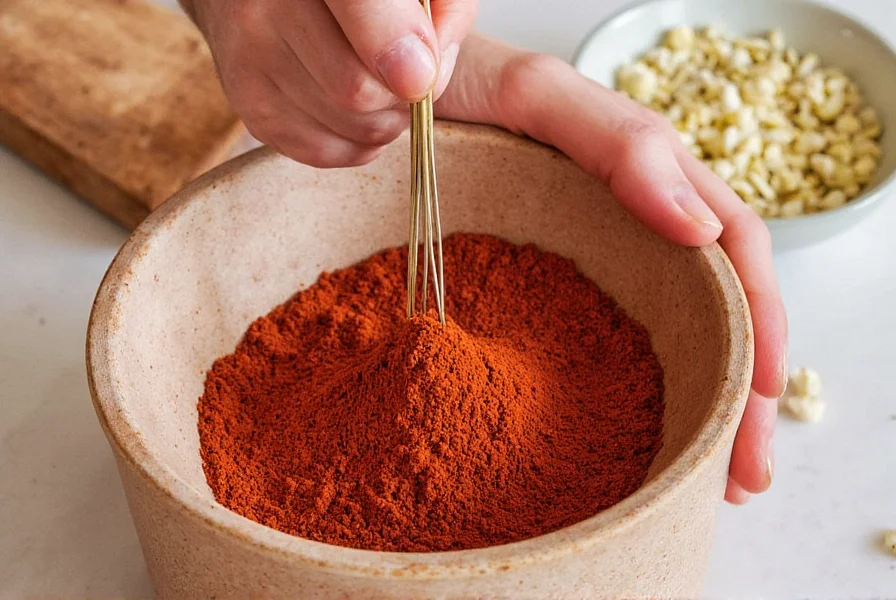
Some variations might include other ingredients like fenugreek, cinnamon, or cardamom, depending on the regional style or personal preference.
Buying Guide: Choosing the Right Curry Powder
Top Brands and Their Features
- McCormick Garam Masala: A classic choice that's widely available and great for everyday cooking. Ideal for those who want a traditional, balanced flavor.
- McCormick Curry Powder: A versatile blend with a moderate heat level, suitable for beginners. Perfect for making simple curries, stews, or rice dishes.
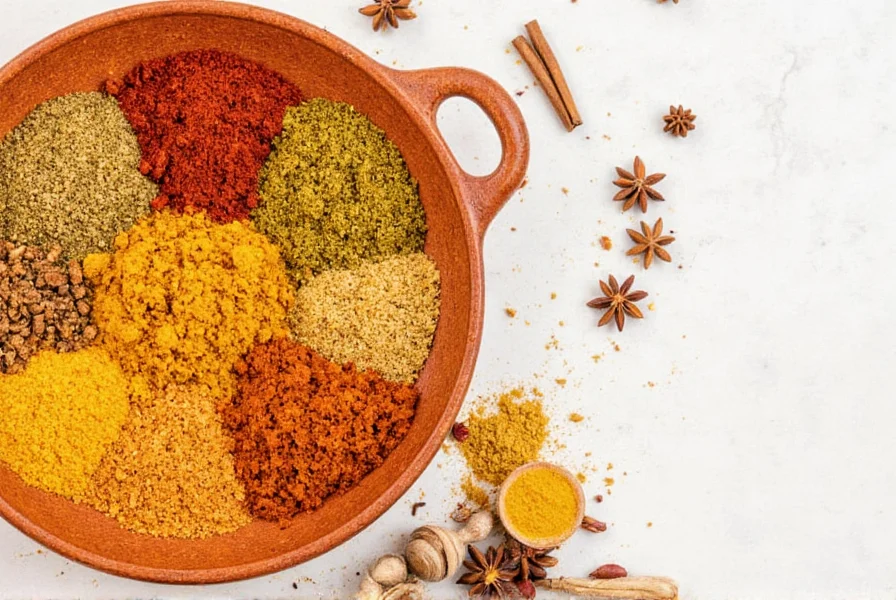
- Kalustyan's Garam Masala: A premium option known for its bold, aromatic flavor. Best for gourmet cooking or those who want a more intense taste.
- Lee Kum Kee Curry Powder: A popular Asian brand that offers a distinct, slightly sweeter profile. Great for Thai or Southeast Asian recipes.
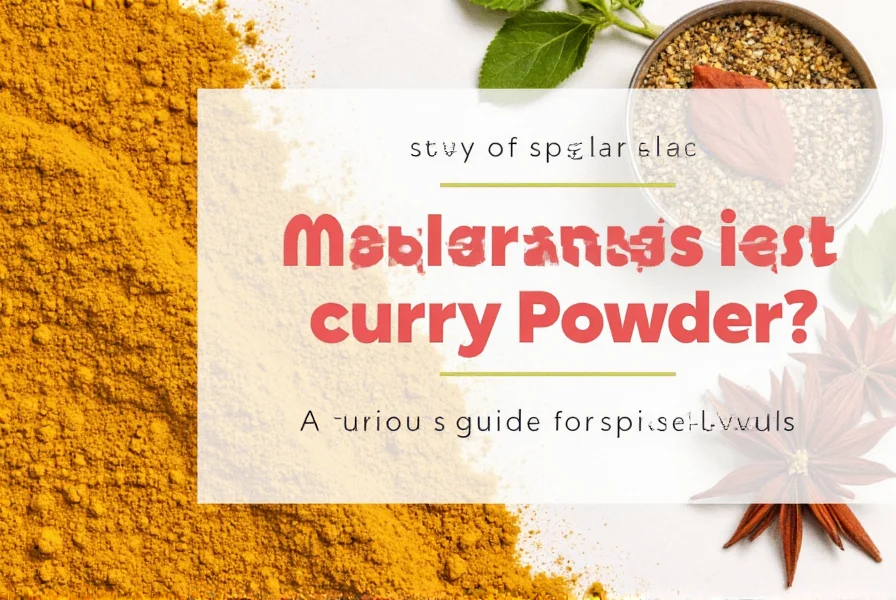
- Spice Island Organic Curry Powder: A certified organic option that's free from artificial additives. Ideal for health-conscious cooks.
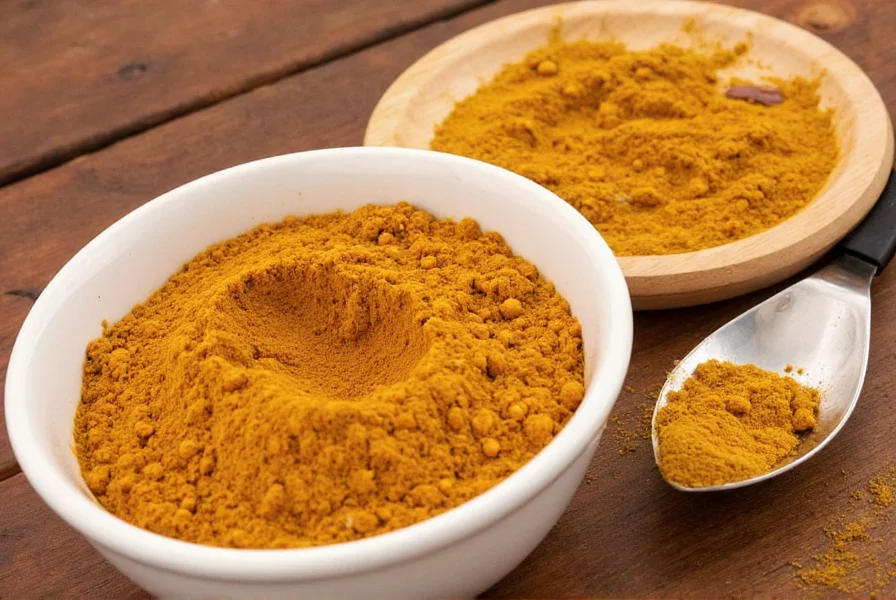
When choosing a curry powder, consider your preferred flavor profile, the type of dish you're making, and any dietary restrictions. For example, if you're vegan or gluten-free, look for brands that specify these certifications.
Use Cases and Target Audience
Curry powder is incredibly versatile and can be used in a variety of ways:
- For Home Chefs: A go-to spice for quick and easy meals like chicken curry, lentil soup, or roasted vegetables.
- For Professionals: Used in restaurants to maintain consistency in flavor across large batches.
- For Culinary Enthusiasts: Great for experimenting with different spice combinations and creating unique recipes.
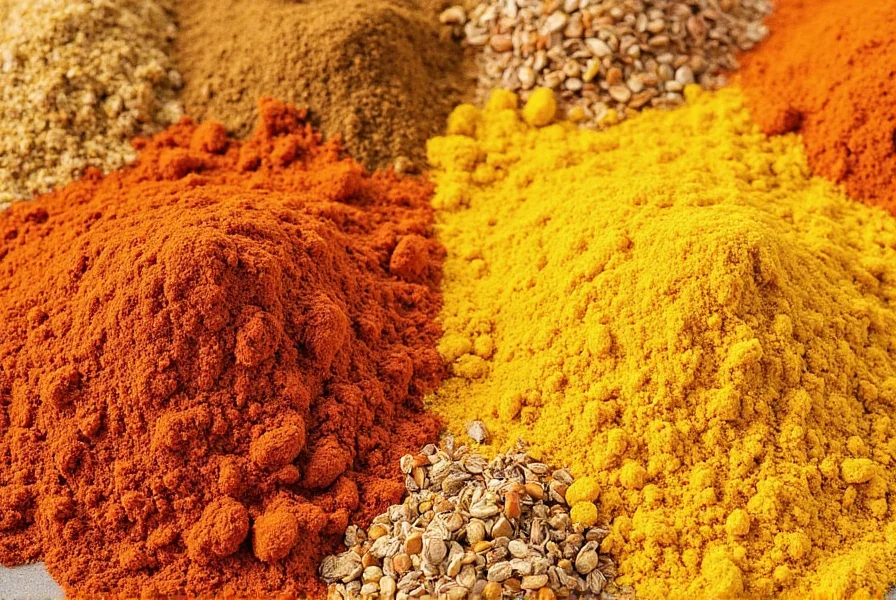
Cooking Tips: How to Use Curry Powder Like a Pro
- Toast the Spices First: For a deeper flavor, toast the curry powder in a dry pan before adding it to your dish. This helps release the oils and enhance the aroma.
- Start Small and Adjust: Curry powder can be quite potent. Start with a small amount and add more as needed, especially if you're new to it.
- Pair It with Other Spices: Don't be afraid to mix curry powder with other spices like garlic, ginger, or cumin to build more layers of flavor.
- Use It Beyond Curries: Curry powder isn't just for curries! Try using it in soups, marinades, or even baked goods for an unexpected twist.
- Store It Properly: Keep your curry powder in an airtight container away from heat and light to preserve its freshness and potency.
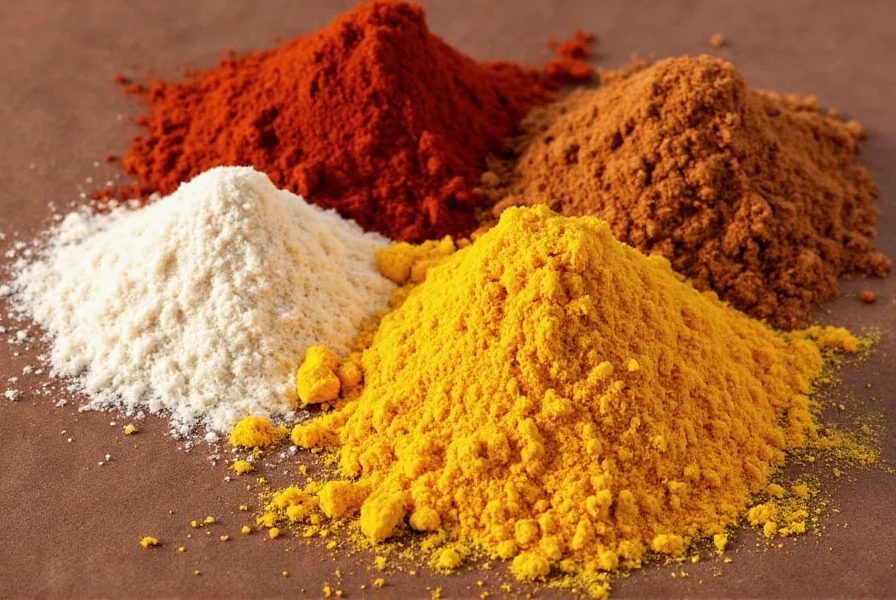
Frequently Asked Questions
What are the main spices in curry powder?
The core spices in most curry powder blends include cumin, coriander, turmeric, and black pepper. Additional common ingredients are chili powder, mustard seeds, cloves, and sometimes garam masala. While the exact composition varies by region and brand, these spices form the foundation of most curry powder blends.
Is turmeric the same as curry powder?
No, turmeric is just one component of curry powder. While turmeric gives curry powder its characteristic yellow color, curry powder is actually a blend of multiple spices. Turmeric by itself has a distinct earthy flavor and is used in many other applications beyond curry powder.
Can I make my own curry powder at home?
Absolutely! Making your own curry powder allows you to customize the blend to your taste preferences. A basic homemade curry powder recipe might include 2 tablespoons each of coriander seeds, cumin seeds, and fenugreek seeds, plus 1 tablespoon each of turmeric, black peppercorns, and mustard seeds, and 1 teaspoon of ground cloves. Toast the whole spices first, then grind everything together.
How long does curry powder last before losing flavor?
Properly stored in an airtight container away from heat and light, curry powder typically maintains its best flavor for 6-12 months. After this period, it won't spoil but will gradually lose potency and aroma. To check if your curry powder is still good, smell it—fresh curry powder should have a strong, aromatic scent.
What's the difference between curry powder and garam masala?
While both are spice blends, they have different compositions and uses. Curry powder typically contains turmeric (giving it a yellow color) and is designed to create the base flavor for curry dishes. Garam masala is a warmer blend without turmeric, often used as a finishing spice. Curry powder generally has a more complex flavor profile with earthy, bitter notes, while garam masala is sweeter and more aromatic.
Is curry powder always spicy hot?
Not necessarily. The heat level in curry powder varies significantly by brand and regional style. Some curry powders are quite mild, while others can be quite spicy. The heat primarily comes from the chili content, which can range from minimal to substantial. If you're sensitive to heat, look for "mild" or "sweet" curry powder varieties.
Conclusion
Curry powder is a carefully balanced blend of warm, earthy, and sometimes spicy ingredients that create something truly special. From cumin and coriander to turmeric and garam masala, each spice plays a vital role in the final flavor profile.
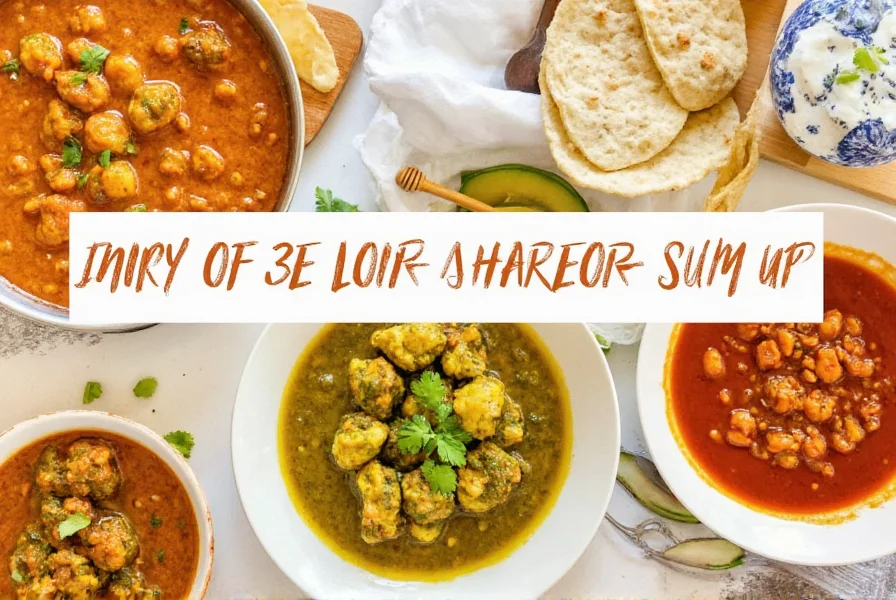
Whether you're a seasoned chef or a curious foodie, understanding the basics of curry powder opens up a world of culinary possibilities. With the right blend, you can transform simple ingredients into rich, aromatic dishes that delight the senses.

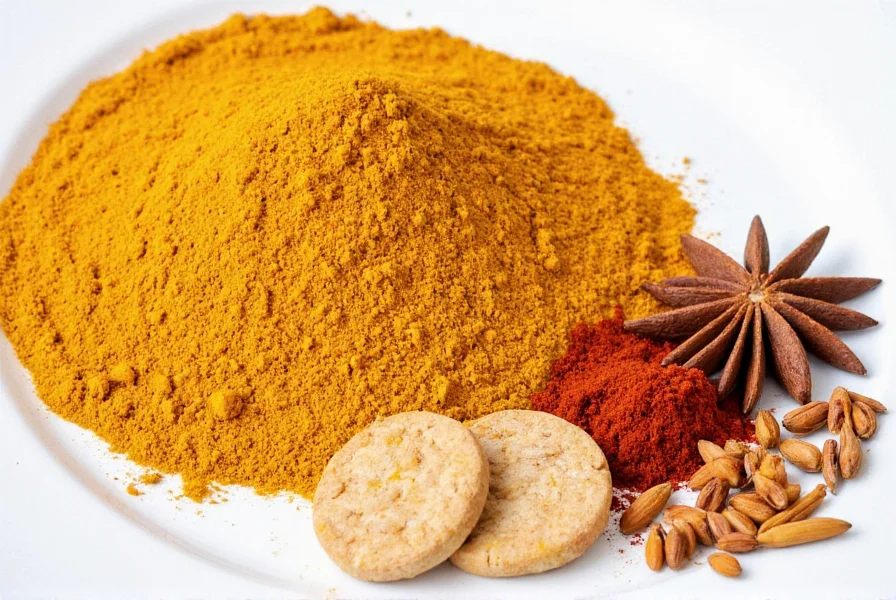









 浙公网安备
33010002000092号
浙公网安备
33010002000092号 浙B2-20120091-4
浙B2-20120091-4